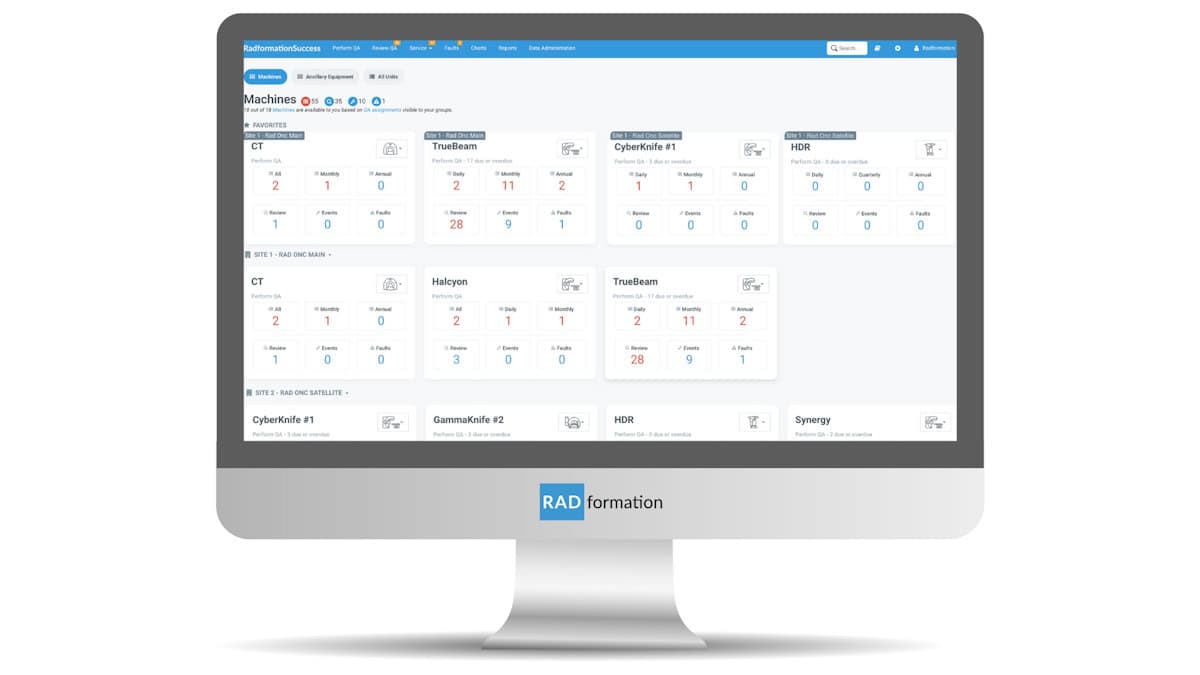On the heels of the success of the Chandrayaan-3 moon landing, India’s space agency has set a date for its next mission — this time to study the sun.
The Aditya-L1, India’s first space observatory for solar research, is getting ready for launch at the country’s main spaceport in Sriharikota, the Indian Space Research Organisation (ISRO) told reporters at its satellite command centre this week, as scientists and crew celebrated the moon mission’s success.
“We are planning to launch in the first week of September,” said ISRO chairman S Somanath.
What will Aditya-L1 do?
Named after the Hindi word for the sun, the spacecraft is India’s first space-based solar probe. It aims to study solar winds, which can cause disturbance on earth and are commonly seen as “auroras”.
Longer term, data from the mission could help better understand the sun’s impact on earth’s climate patterns.
Recently, researchers said the European Space Agency/NASA Solar Orbiter spacecraft had detected numerous relatively small jets of charged particles expelled intermittently from the corona — the sun’s outer atmosphere — which could help shed light on the origins of solar wind.
How far will it travel?
Hitching a ride on India’s heavy-duty launch vehicle, the PSLV, the Aditya-L1 spacecraft will travel 1.5 million km in about four months to study the sun’s atmosphere.
It will head to a kind of parking lot in space where objects tend to stay put because of balancing gravitational forces, reducing fuel consumption for the spacecraft.
Those positions are called Lagrange Points, named after Italian-French mathematician Joseph-Louis Lagrange.
How much does the mission cost?
In 2019, the government sanctioned the equivalent of about $46 million (nearly Rs. 380 crore) for the Aditya-L1 mission. ISRO has not given an official update on costs.
The Indian space agency has earned a reputation for world-beating cost competitiveness in space engineering that executives and planners expect will boost its now-privatised space industry.
The Chandrayaan-3 mission, which landed a spacecraft on the lunar south pole, had a budget of about $75 million (nearly Rs. 620 crore).
© Thomson Reuters 2023





